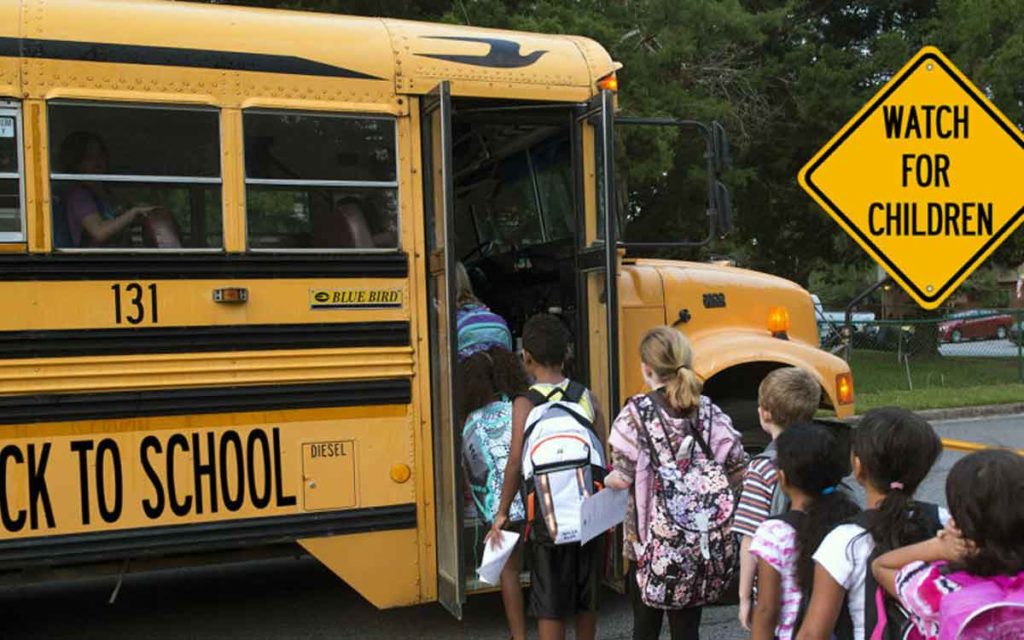
For the last three months, parents of school age children have been patiently awaiting details and instructions on what a return to school in September will look like. Understanding that many government agencies, health professionals and private sector companies have been working around the clock in order to cobble together a plan that balances the safety of families with continuing education, formalizing a vision for what a regular school day will look like, one with working parents, that addresses school bus pickup, classroom learning and a return home from school, is what parents are really counting on.
In unprecedented times, it is usually the private sector that finds solutions to the government’s conundrum and in this important stage of reopening up the province, getting it right is critical. When the dust settles, continuing to make aggressive investments in people, processes and technologies, even in the face of a health crisis, will play a large role in helping communities re-imagine a new normal.
Further emphasizing the need to precisely articulate for parents what that vision looks like are new concerns regarding the spread and transmission of viruses.
On April 14, the World Health Organization (WHO) issued a statement that established guidelines in six areas our civic leaders must consider if they are to look at resuming activities. Of those six, two are critical to the safety of school children. ‘Are there measures in workplaces and schools to prevent the spread of the virus?’ And, ‘Are local communities educated, engaged and empowered to adjust to the “new norm”?’ While children are less susceptible to the novel coronavirus, they are also well equipped to transmit it, which presents an exposure risk to the staff as well as to other children.
On May 20, the CDC recommended guidelines for reopening schools including distancing on school buses, with one child per seat every other row. As well as sstaggered arrival and departure times for students to limit exposure to crowds of kids and daily health and temperature checks where possible. Recommending specific changes schools could make to their operations, including infection-prevention strategies like physical distancing on school buses and class rooms, has parents, school boards, municipalities and Bus Consortia wondering out loud, ‘What does that look like?’ While the idea of limiting the capacity and number of students on a school bus may gain traction over the next few months, with school budgets stretched to the limit, this won’t mean, adding new buses to school bus fleets. It will mean more routes at staggered departure and arrival times which will require the technology to bridge the gap and run a coordinated and seamless operation.
For the longest time, communities have recognized the need to modernize and innovate school bus transportation but most have put it off, often citing budget constraints. There’s been innovation in every mode of transportation; automobiles, trucks, transit, trains, airplanes, all have enjoyed unprecedented investment in cutting edge technology that keeps drivers, operators and passengers safe over the last three decades. Those advancements in school buses have lagged behind. Little has changed to modernize the transportation of school bus children despite the fact that 834,000 students travel on school buses across the province and 2.2 million across the country every day. Perhaps this latest health crisis will create the opportunity to finally move forward.
“By shifting our focus to children, families and members of the education community, we saw our role in helping partner communities return to a new normal as efficiently as possible”, said Jean Souliere, CEO of BusPatrol, a technology company that specializes in school Bus Safety. “We accelerated development of our student and driver health management capabilities”. Testing of their infrared Fever Alert technology, a proactive real-time identification of individuals exhibiting signs of a potential infection is being made field ready for this upcoming school year.
“We have a celebrated history in this Country of being proactive and innovative in addressing the needs of our residents, especially those most vulnerable. If this pandemic crisis has shown us anything it’s how fragile our senior and elderly populations are”. Bus drivers are a critical linchpin in the safety of our children but with 70% of School Bus Operators in the Province over the age of 60, this large percentage also puts them most at risk from complications associated with the Covid19 virus. “It’s not good enough to deny them resources and tools to better carry out the important job they have. Keeping our children safe is difficult work. Let’s not make it more difficult. The technology we have can make a real difference”.




















